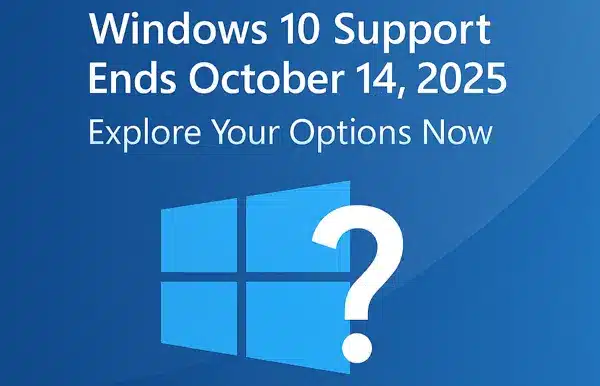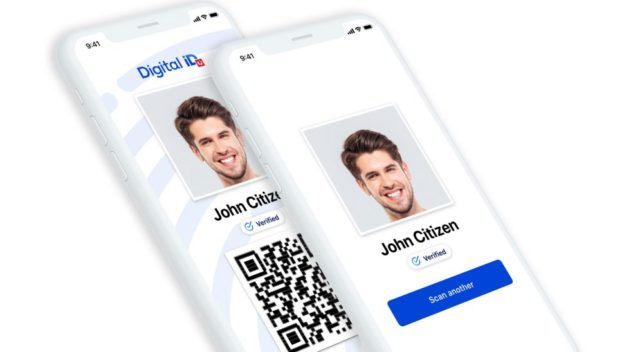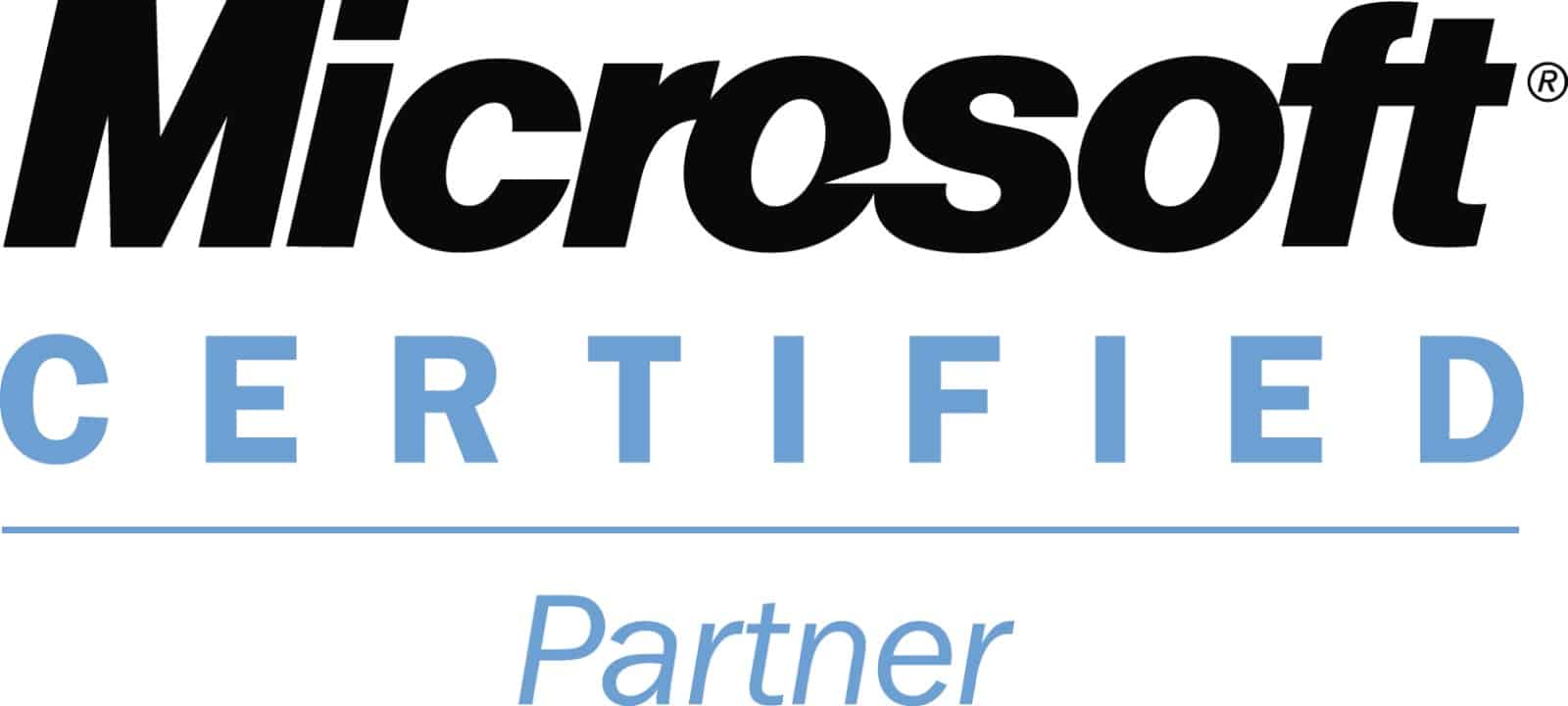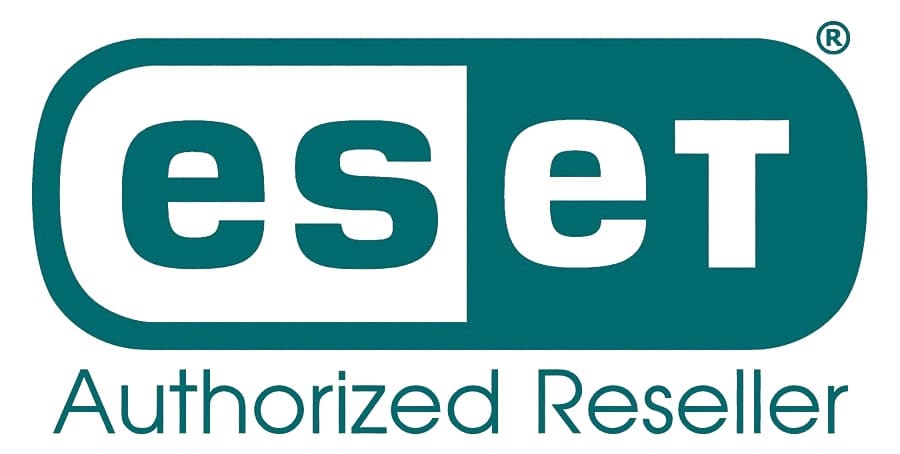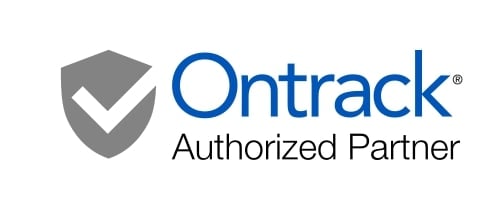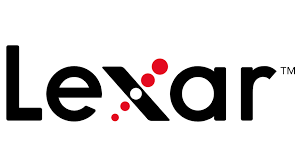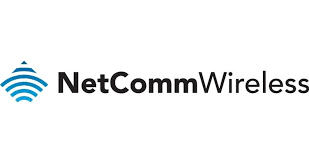This Is What A Passwordless Future Could Look Like
When you sign into your email account, log onto Google, or want to download a game from Steam, you first need to enter two important credentials. This includes your username, as well as a password. Since the start of the internet, passwords have played an important role in helping to secure user accounts.

Unfortunately, a password alone does not offer a significant level of protection. It often falls victim to hackers looking to take over accounts or expose confidential personal and business information. Recent posts from Google and other companies suggest we should look into a passwordless future. We explore what this type of future might look like in this post.
What Are The Current Issues With Passwords?
We’ve relied on passwords for a long time, so why is there suddenly such a high demand to change how we access accounts? Security is the main factor here. Hackers are getting smarter and developing more effective technologies to uncover passwords of accounts that they want to hack. When you have your accounts hacked, it could pose several problems. A hacker that gains access to your banking password could easily transfer funds from your account. When a hacker accesses your corporate email account, they could send out viruses or other malware in the form of emails to your entire contact list.
These are only some of the risks we currently face when we rely solely on passwords. According to one report, about 34% of internet users have the same password for a variety of accounts. Around 17% of people type their passwords on a note file on their computer, and 26% write them down on paper. Furthermore, 6% of users turn to well-known passwords because they are easy to remember.
How Will A Passwordless Future Work?
As companies become more aware of the risks users face when using passwords, there is a constant demand for technologies that allow users to sign into their accounts without using a traditional password. This has brought along the introduction of passwordless account access options.
A blog post by Google discusses the current issues that we are facing. The company advises that while the introduction of Google Password Manager and 2-step verification helps to enhance security when using passwords, it does not block all threats regarding account access.
Currently, the idea is to store a passkey inside the user’s smartphone. This type of FIDO credential is stored physically on the phone. These passkeys will take advantage of public key cryptography, which makes them incredibly hard to crack. Plus, the only way to gain access to the passkey is actually to unlock your smartphone.
The idea here is to sync the FIDO credential that was stored on your phone with a computer. You want to sign into a website, for example. In this case, the website asks you to unlock your phone in order to gain access to the FIDO passkey. Once you unlock your phone, a pop-up shows, which asks you to verify yourself. Once verified, you can lock your phone again and return to the website on your computer. The authentication will allow you to sign in without the need to type any passwords.
The FIDO passkey you generate will generally sync with the cloud service you already use to backup photos, documents, and other data. This ensures that in the event that you lose your phone, you can still regain access to the passkey – which ensures you can easily set up a new smartphone as the authentication device with these passwordless services.
Google plans to test these services within the next year or two. This is, however, not the only company that is already working on passwordless authentication services to help provide greater security for its users.

In 2021, Microsoft announced a passwordless sign-in service for commercial customers. This was their first step to bring passwordless services to the world, but the service targeted corporate customers at the time. Later that same year, the service was also made available to regular users. This service now allows you to sign in to your Microsoft account and use a variety of Microsoft services without the need for a password. There are several access options that you can explore. This includes the use of the Microsoft Authenticator app, a physical security key, or setting up your account so that a code gets sent to your mobile number whenever you want to sign in.
GitHub’s CEO has also recently announced plans to make the platform entirely passwordless. This decision came after several cybersecurity issues have been faced over the years, particularly due to the open-source nature of the files hosted on the platform. According to this announcement, the current plan is to make GitHub a completely passwordless platform by 2025.
Apart from these, Apple has also announced that passwordless access will be available between MacBooks, iPads, and iPhones. This will allow easy account access by simply having your Apple devices close to each other.
Many people have hundreds of passwords stored in a password manager. This can make it difficult to find a specific password when you need it. As we are closing in on passwordless digital worlds, there will no longer be a need to worry about keeping all those passwords, as account access will be easier but also more secure and reliable.
Conclusion
While many people still rely on passwords to keep accounts safe, it poses certain threats that we need to consider. A passwordless future is definitely a possibility that we should keep in mind. This could help maximise security and reduce the vulnerabilities that often come with simple passwords when we set up new accounts. Several companies already take advantage of similar technologies, and we will surely see a faster movement to passwordless account access in the near future.
References
- https://www.helpnetsecurity.com/2019/06/19/passwordless-future/
- https://blog.google/technology/safety-security/one-step-closer-to-a-passwordless-future/
- https://www.microsoft.com/en-us/security/blog/2021/09/15/the-passwordless-future-is-here-for-your-microsoft-account/
Written by The Original PC Doctor on 9/1/2023.





